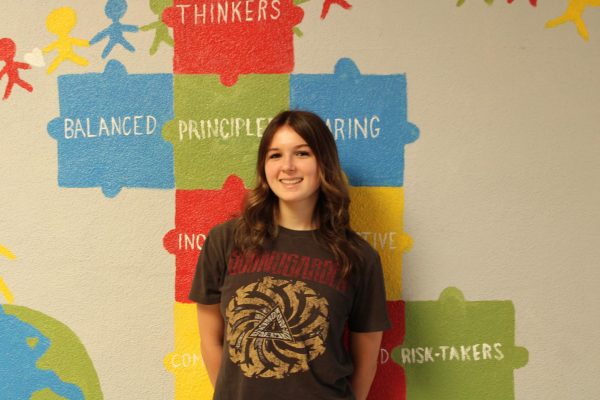From a pagan tradition to the second most commercialized holiday in the United States, Halloween is a nationally celebrated day each and every year. Kids and adults alike dress up in costumes and escape their lives for one night. Some go trick or treating, others go out to party, and a number of people stay home to hand out candy, or may not even celebrate at all. But why do we celebrate Halloween?
Halloween’s origins can be traced back to the ancient Celtic festival of Samhain. People would light bonfires and dress up in costumes to ward off ghosts and evil spirits.
Samhain, a Gaelic word pronounced “sow-win”, was a pagan religious celebration that came from an ancient Celtic religious celebration. It was celebrated from Oct. 31 to Nov. 1 to welcome the harvest and “dark half of the year”. Those who celebrated the holiday believed that the barriers separating the physical and spiritual world would break, allowing the dead and other spiritual beings to interact with the living.
After harvest work was completed, celebrants lit a fire that represented the sun and oftentimes, sacrifices of cattle were made. They also believed that the beings who interacted with them from other worlds were monsters and dressed in animal costumes to protect them from their malevolent spirits.
Later, the Romans and the Catholic church blended their beliefs with the Celtic traditions and named Nov. 1 a day to worship all saints in the religion and called it, cleverly, “All Saints Day”. On this day, people ate a feast to observe the lives of the many saints whom there is not a designated day for in the religion. The day before, Oct. 31, was called All Hallows Eve.
The modern idea of trick-or-treating derives from the English parades of All Soul’s Day, where the poor citizens in English cities would go around and beg for food in exchange for prayers for deceased family members. The tradition of dressing up comes from Samhain and is still upheld today.
Nowadays, people decorate their houses with cobwebs, spiders, and spooky signs, hand out candy to trick-or-treaters who are dressed up in concept or character costumes, or go to parties and have, oftentimes, a little too much fun. As society modernized and monopolized, so did its holidays. Halloween now holds steady as the second most popular holiday and commercialized holiday in America, racking up over $10 billion a year according to the National Retail Federation.
It is suspected that kids consume anywhere from 3,500 to 7,000 calories on Halloween each year due to encouraged candy consumption before, on, and after Halloween. The demand for candy on Halloween led to conspiracy theories stating that Halloween was actually created by the candy companies to keep their businesses booming. However, ancient traditions disprove those claims.
Crime has a historic record of spiking on and around Halloween as alcohol and illegal substance consumption increases to celebrate the holiday. There are, on average, around 17% more crime-related claims made on Halloween than any other normal day of the year. Violent crimes increase by over double the daily average and the number of fatal car crashes generally increases on Oct. 31 as well.
Before you buy your costumes and fill up your candy bowls, consider a historical lesson about this terrifyingly interesting holiday and enrich your cultural understanding of Halloween.









